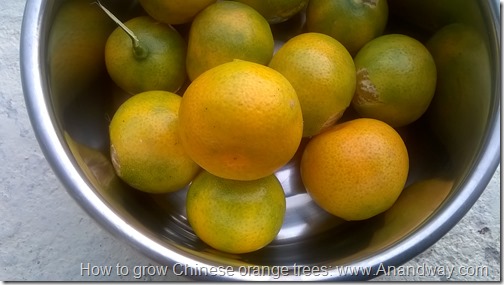How to grow Chinese orange trees in North India
Chinese orange trees are the jewel of my garden. They give shade, rest, smiles, compost, keep mosquitoes away, attract sunbirds to nest, the citrus scented flowers save money on room freshners in the verandah and bring in bees, butterflies and caterpillars. The fruit gives me perfect lemonade to keep bad fat away, face scrub, and seeds to grow new trees. My vegetable vendor tells me that they sell at Rs 300 per Kg, and takes some from my trees.
How to grow Chinese orange or Narangi trees?
Naarangi is the Indian name for Chinese orange trees. Though I knew them first as bonsai plants kept by bonsai hobbyists.
To grow Chinese orange trees from seed, keep them moist, always. If the seed dries out, it is over. I grow them in pots and keep them moist and add mulch to keep the moisture level that way. I transplant them to bigger pots when they are ready for the promotion. Nurturing them in pots helps the roots grow in a comfortable, food-rich environment. When transplanted to the ground after being nurtured in pots for about 2 years, they take height and give fruit sooner than later. I call them my Christmas trees. They stay evergreen and beautiful throughout the year and blossom in abundance twice a year, giving lots of fruit and love. Like the poinsettia shrub, the orange fruit laden tree in December is a delight when most of the garden is waiting for spring.


